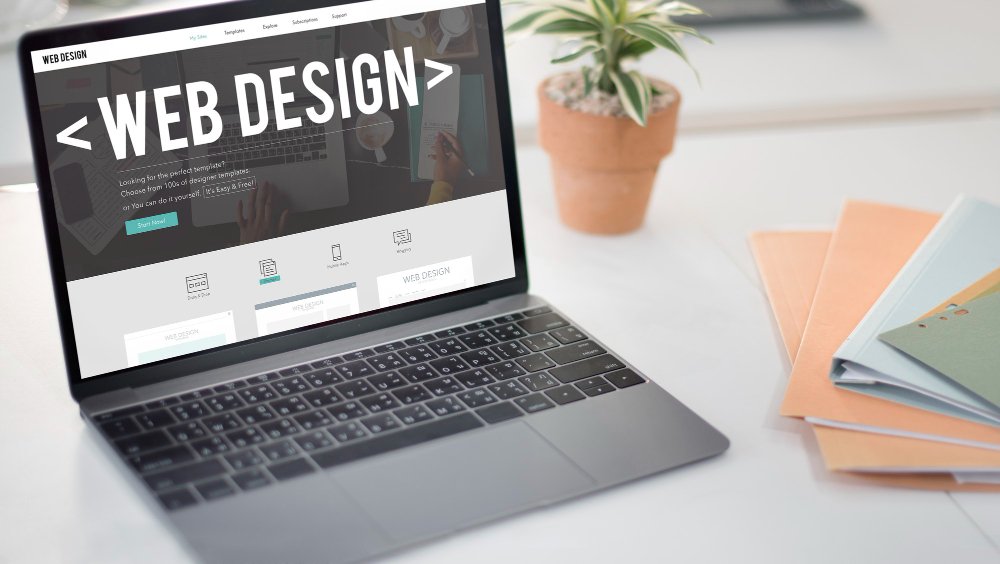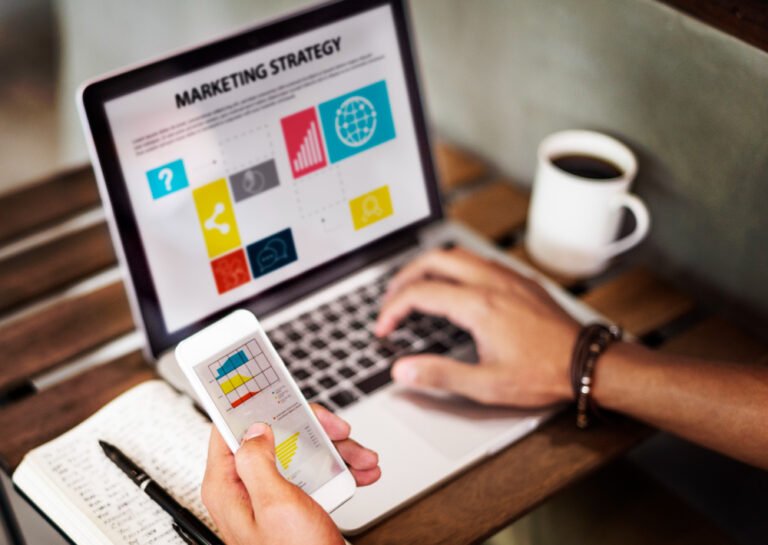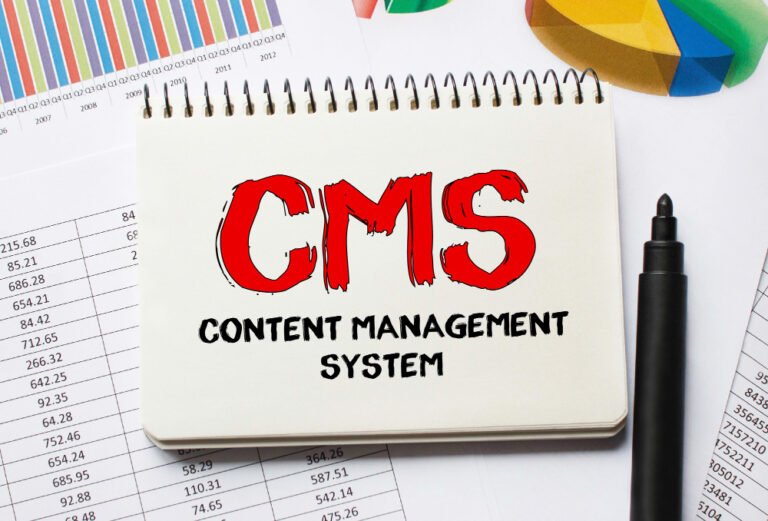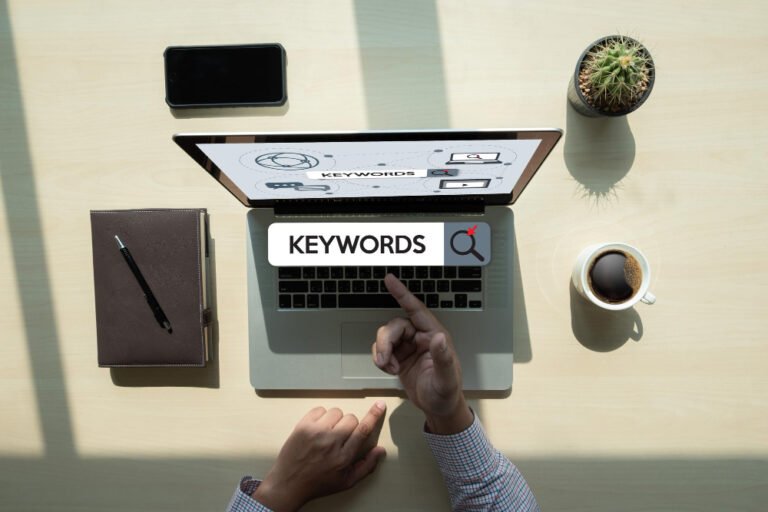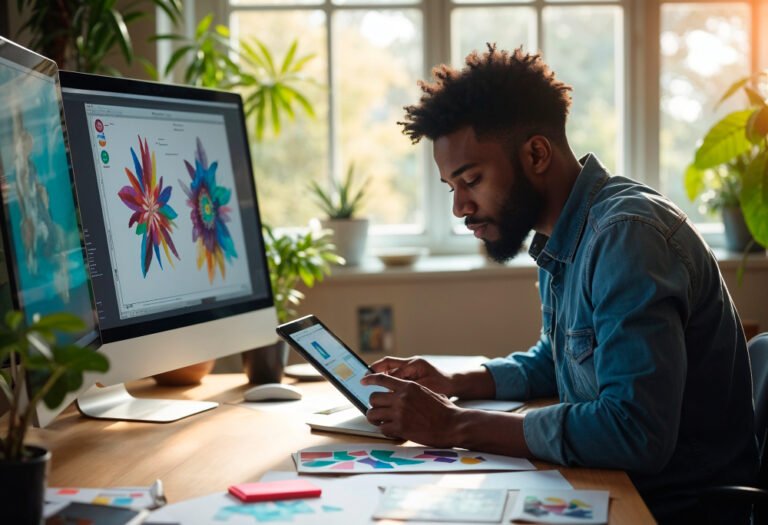The Psychology of Web Design: How to Keep Visitors Engaged
The Psychology of Web Design: How to Keep Visitors Engaged
Have you ever left a website within seconds because it felt confusing or unappealing? That’s because our brains quickly decide if a site is worth our time. Good web design isn’t just about colors and layouts—it’s about understanding how people think and behave online.
By applying simple psychology principles, businesses can create websites that are easy to use, visually appealing, and encourage visitors to stay longer. Let’s look at how you can use psychology to make your website more engaging and effective.
1. First Impressions Matter
People form an opinion about a website in less than a second. If your site looks messy, outdated, or hard to use, visitors will leave quickly.
How to Make a Strong First Impression
- Keep it simple – A clean, organized layout looks professional and inviting.
- Use the right colors – Colors affect how people feel about your brand.
- Make text easy to read – Clear fonts and simple sentences improve understanding.
Your homepage should quickly show who you are, what you do, and why visitors should care.
2. Guide Attention with Visual Hierarchy
People don’t read websites from top to bottom. They scan for important information. A good web design guides visitors to what matters most.
How to Direct Attention
- Use big, bold headlines – Make key messages stand out.
- Highlight important buttons – Use colors that attract attention for “Buy Now” or “Contact Us” buttons.
- Leave space between elements – A clutter-free design helps people focus.
A well-structured page helps visitors find what they need quickly, keeping them on your site longer.
3. The Power of Color Psychology
Colors make people feel certain emotions, which affect their actions.
Common Color Meanings in Web Design
- Blue – Trust and professionalism (used by banks and tech companies).
- Red – Energy and urgency (often used for discounts and promotions).
- Green – Growth and health (popular with eco-friendly brands).
- Black – Luxury and sophistication (seen in high-end fashion and tech brands).
Choose colors that match your brand and the feelings you want to create.
4. Make It Easy to Use (Reduce Mental Effort)
If visitors have to think too hard to find what they need, they will leave.
How to Make Your Website User-Friendly
- Keep navigation simple – Use easy-to-understand menu labels like “Home,” “About,” and “Services.”
- Don’t overload with text – Use short paragraphs and bullet points.
- Make important actions obvious – Buttons like “Sign Up” or “Get a Quote” should be easy to find.
A simple, clear website keeps visitors engaged and prevents frustration.
5. Bigger Buttons Are Better (Fitts’s Law)
People are more likely to click on buttons that are big and easy to reach.
Best Practices for Clickable Elements
- Use large, clear buttons – Avoid tiny links that are hard to tap.
- Put buttons in noticeable places – Like the middle or top of the page.
- Reduce the number of clicks – The fewer steps to complete an action, the better.
If people struggle to click on something, they won’t bother trying.
6. Position Content Strategically (Serial Position Effect)
People remember the first and last things they see.
How to Use This in Web Design
- Start with a strong headline – Make sure your key message is clear right away.
- Place important links at the top or bottom – Menus should be easy to find.
- End with a clear call-to-action – Tell visitors what to do next (e.g., “Contact Us” or “Shop Now”).
By structuring content correctly, you help visitors remember what matters most.
7. Build Trust with Social Proof
People trust a business more when they see evidence that others trust it too.
Ways to Add Social Proof
- Customer reviews – Show real testimonials to build credibility.
- Case studies and success stories – Prove that your product or service works.
- Trust badges – Display security certificates or partnerships with known brands.
When people see that others trust your business, they feel more confident in choosing you.
8. Keep Visitors Engaged with Unfinished Actions (Zeigarnik Effect)
People like to complete what they start. If they begin an action, they are more likely to finish it.
How to Use This in Web Design
- Use progress bars – Show users how much of a form they’ve completed.
- Offer partial previews – Tease valuable content so users want to click for more.
- Break tasks into steps – A multi-step checkout process feels easier than a long form.
Giving visitors a sense of progress encourages them to stay engaged.
9. Speed is Everything
If a website takes too long to load, visitors will leave. More than half of mobile users will abandon a page that takes longer than three seconds to load.
How to Improve Speed
- Optimize images – Compress large files to load faster.
- Use reliable hosting – A good web host improves loading times.
- Minimize extra features – Too many plugins slow things down.
A fast-loading website keeps visitors happy and improves search rankings.
10. Design for Mobile Users
More than 60% of web traffic comes from mobile devices. If your site isn’t mobile-friendly, you’ll lose potential customers.
Best Practices for Mobile Design
- Use a responsive design – Your website should adjust to any screen size.
- Keep forms short – People don’t want to type too much on small screens.
- Make buttons touch-friendly – Users should easily tap links and buttons without zooming in.
A mobile-friendly site ensures a smooth experience for all visitors.
Conclusion
Web design isn’t just about making a website look good—it’s about understanding how people think and behave online. By applying these psychology-based strategies, businesses can create websites that attract visitors, keep them engaged, and encourage action.
Need a website that keeps visitors interested and converts them into customers? Contact Tera Creations to design a site that works
